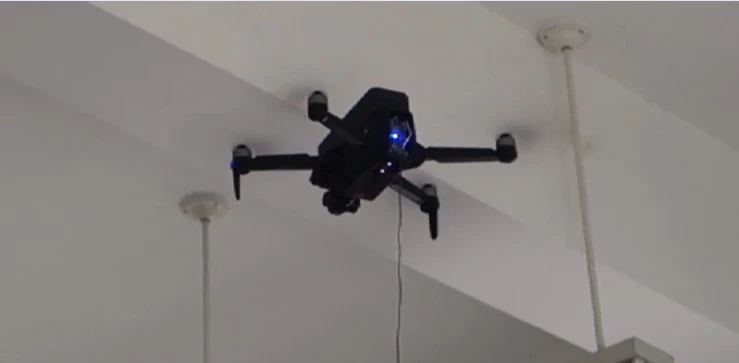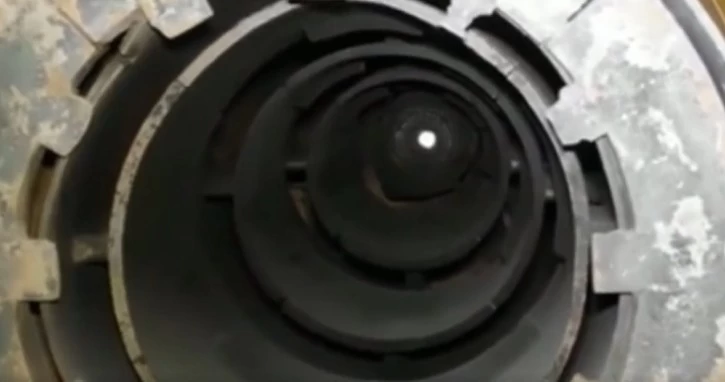The Role of Wired Drones in Boiler Wear and Explosion Prevention Inspections
The Role of Wired Drones in Boiler Wear and Explosion Prevention Inspections.

Boiler accidents account for over 70% of all accidents in thermal power plants. Among these, tube leaks and explosions in superheaters, reheaters, economizers, and water-cooled walls are the most common, making up over 70% of all boiler accidents. Tube leakage has become a significant challenge to the safe operation of thermal power plants, often leading to shutdowns and severe economic losses, as well as increasing maintenance workloads. In serious cases, it can even impact the stable operation of the power grid.
Thermal power plant boilers are large, especially ultra-supercritical boilers in the one-million-kilowatt range, which can reach heights of around 80 meters. The internal environment of the boiler, where coal powder burns, is complex and harsh, requiring long-term stable operation under high temperature and pressure conditions. Inspections for wear and explosion prevention in the furnace are crucial for the safe operation of the boiler. Normally, large lifting platforms inside the furnace are only set up during B-level and higher maintenance, and during routine unit shutdowns, temporary shutdowns, or C-level maintenance, this work is generally not performed. As a result, the opportunity for re-inspection and verification of tube leaks and coke formation in the boiler is lost.
The traditional method of setting up lifting platforms has three main drawbacks. First, it is time-consuming, as setting up a platform inside the furnace can take about a week. Second, it is costly, requiring significant manpower and material resources. Third, it is difficult to set up platforms in certain areas. Therefore, this method is not feasible for small repairs or temporary shutdowns of units.
To address this issue, we propose the use of existing drones for in-furnace flight inspections to perform a macro-level inspection for wear and explosion prevention in the four main tubes.

Why Use Drones?
First, there is no need to set up scaffolding, and drones can reach areas that are otherwise inaccessible even with scaffolding. Inspections are faster, safer, and more efficient.
Subsequent actions can be based on the findings, such as proposing targeted solutions based on the operation of soot blowers, overall coke formation inside the furnace, and the condition of burner nozzles.
How to Achieve Macro-Inspection Inside the Furnace Using Drones?
Temporary scaffolding can be set up at the third-floor manhole of the boiler's furnace body, or a simple small platform at the cold ash hopper can be used as a place for equipment. Inspection personnel may not even need to enter the furnace. The drone flight is controlled by a controller.
What Are the Applications of Drones?
1. Inspection of water-cooled walls in the furnace.
2. Inspection of areas difficult to reach with scaffolding, such as screen walls and end walls.
3. Inspection of soot blower nozzles, the range of their action, the condition of wear-resistant tiles, and pipe wall damage.
4. Inspection of burners inside the furnace.
5. Checking for coke formation inside the furnace before maintenance personnel enter, thus ensuring a safe environment for setting up scaffolding platforms.
6. Inspection of other confined or limited spaces.
For boiler industry,there are alos many valves need to be installed,such as 1/2'' 1500LB forged gate valve,globe and check valve.
 +86 512 68781993
+86 512 68781993 


















